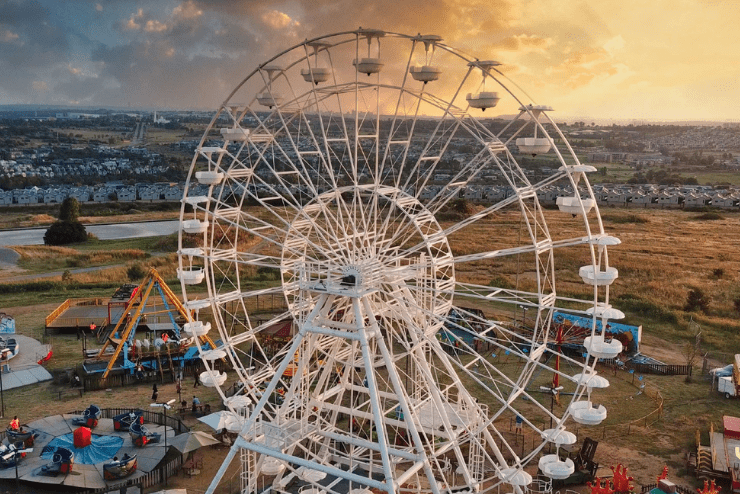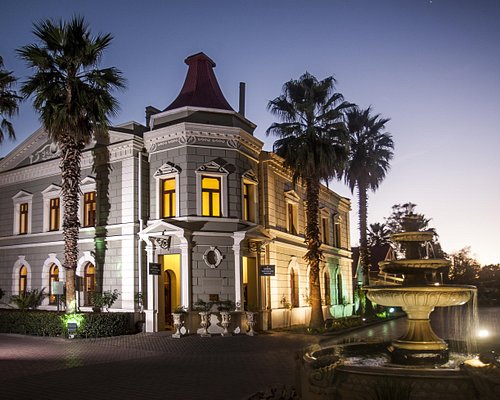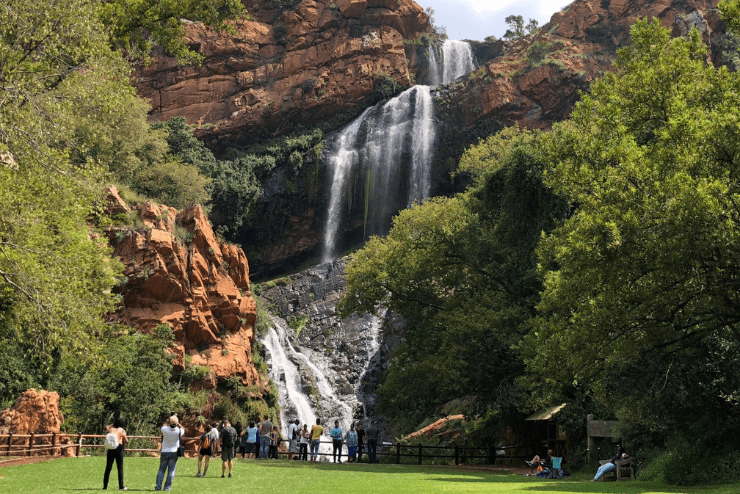The Buzz on Johannesburg North Attractions
The Buzz on Johannesburg North Attractions
Blog Article
The Single Strategy To Use For Johannesburg North Attractions
Table of ContentsJohannesburg North Attractions Fundamentals ExplainedThe Definitive Guide to Johannesburg North AttractionsEverything about Johannesburg North AttractionsIndicators on Johannesburg North Attractions You Should KnowThe smart Trick of Johannesburg North Attractions That Nobody is Talking AboutThe Of Johannesburg North AttractionsWhat Does Johannesburg North Attractions Do?
You must keep safety and security in mind and visitors need to continue to be sharp at all times when in unknown environments. Speak to the locals when you are in town to learn about the area you are staying in. Johannesburg North attractions. When on the street (this doesn't relate to shopping center and other protected atmospheres) ideal basic guidance is to try your best to appear like a neighborhood and to avoid displaying any kind of wide range
The smart Trick of Johannesburg North Attractions That Nobody is Talking About
Teacher Revil Mason O. J. (Thomson, 1946) checked out the Witwatersrand's pre-colonial background. His historical work blew up the 'em pty land' misconception, according to which the area was devoid of human habitation prior to the arrival of European settlers. In his magazines Prehistory of the Transvaal: A Record of Human Activity (1962) and Origins of Black People of Johannesburg and the Southern Western Central Transvaal Advertisement 3501880 (1986 ), Teacher Mason showed the degree of social and financial development in the location before Europeans set foot here.

9 Easy Facts About Johannesburg North Attractions Described
In 1878, David Wardrop discovered gold in quartz capillaries at Zwartkop, north of Krugersdorp. In 1881, Stephanus Minnaar came across gold on the farm Kromdraai, near the Cradle of Mankind.
In March 1886, an outcropping (quickly to be called the Main Reef) was located, rather fortuitously, on Gerhardus Oosthuizen's ranch Langlaagte. Some say that the Lancastrian coal miner George Walker found this reef. An additional itinerant English miner, George Harrison (that had actually formerly functioned in Australian mines) acquired a prospecting licence in respect of Langlaagte in May 1886.
He decided to move on in a quest for greener pastures, and disposed of his Langlaagte claim for the baronial sum of 10. Alas: beneath lay the richest goldfield ever before located. The discovery of this abundant auriferous reef provoked a click to investigate gold thrill that indicated completion of agrarian tranquillity in the southern Transvaal.
It would certainly, within 6 years, come to be the largest town in southerly Africa. Within a years, it would certainly make the Z. A. R. up until after that an anarchical and bankrupt little state the most affluent country in Africa. By the millenium, the Z. A. R. was to exceed Russia, Australia and the United States of America to end up being the globe's leading gold producer, producing greater than a quarter of the world's gold.
Facts About Johannesburg North Attractions Revealed
It was known as Ferreira's Camp, named after Colonel Ignatius Ferreira. He was a Boer traveler upon whom the British authorities had presented the status of Buddy of the Most Distinguished Order of St Michael and St George (qualifying him to the post-nominal letters C. M. G.) in gratefulness for his function in the battle that had deposed the Pedi king Sekhukhune in 1879.
Soon the camp was including camping tents and wagons as newbies arrived daily from everywhere. By helpful resources September 1886, some 400 individuals resided in Ferreira's Camp, which soon boasted upreared iron and wood structures. Two other camps were developed: Meyer's Camp on the ranch Doornfontein, and Paarl Camp. The latter was nicknamed Afrikander Camp; numerous people from the Cape Swarm worked out there.

See This Report on Johannesburg North Attractions
This name gained money by word of mouth, such that the State Assistant affirmed the name to the Mining Commissioner on 9 October 1886. Stands in the village were auctioned on 8 December 1886. While some stands were sold for 10, others were torn down for as little as sixpence.
2 years later, these erven were to alter hands for as much as 750 each. The tented camps diminished as a dorp of corrugated iron structures developed and broadened north of the mines situated along the Main Coral Reef Road. Locations such as Jeppe's Town (where working-class immigrants erected their homes) and Doornfontein (where the affluent brand-new 'Randlords' started to build their extravagant houses) were soon added to the ever-expanding map of the town.
The Ultimate Guide To Johannesburg North Attractions
In addition to the road names, there were no indications of Johannesburg being positioned in a Dutch-speaking country. Years later, C. W. Kearns O. J. (one of the initial young boys enlisted at St John's University in 1898) would certainly recall: 'An unusual truth about Johannesburg was that, although it was in the [Boer Republic], almost everybody spoke English and also the Government slaves attended to one basics in English, unless they were first resolved in the Taal (or Reduced Dutch)'.
Britain had a rate of interest in guaranteeing ideal conditions for gold production on the Witwatersrand, and that the gold was exported to London instead than Berlin an important provided all the more clamant by the Z. A. R.'s raising toenadering with Germany. Mine owners were on a clash with Head of state Kruger, whose plan of monopolistic concessions (frequently granted to his cronies) protected against mining business from procuring materials of materials (especially dynamite) and labour by themselves, cheaper terms
Not known Facts About Johannesburg North Attractions
In 1890, the Volksraad had actually restricted the franchise to white males who had lived in the Z. A. R. for fourteen years or longer, therefore invalidating most of the immigrants (that occurred to be the major contributors to the fiscus). Frustration for the vote was a mere pretext for advertising a various agenda; many uitlanders regarded themselves as short-lived visitors and had no intent of continuing to be in the Z.
Report this page